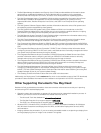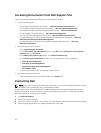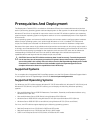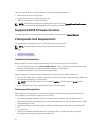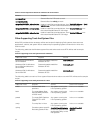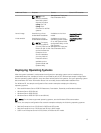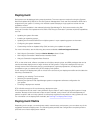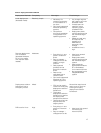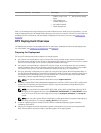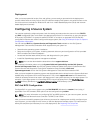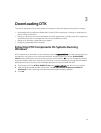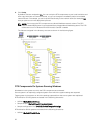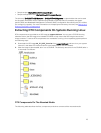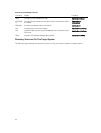
Table 4. Deployment Method Matrix
Deployment Methods Complexity Advantages Disadvantages
Local deployment
(bootable media)
Relatively simple
• Necessary if a
network connection
is not available or is
too slow.
• Can install supported
Windows operating
systems.
• Can perform
a minimal installation
of supported Linux
operating systems.
• Any change requires
the creation of a new
bootable media.
• Limited space on
media for some
operating system
installation files.
• Deployment tasks
must be performed at
the individual target
system.
• Media are read-only
and requires the
creation of a
RAMDISK for
temporary data
storage.
• Installation time is
high.
Remote deployment
over a network
(bootable Windows
PE or Linux media
with network stack
loaded)
Moderate
• Everything is in one
place in a network
share.
• Easy to manage —
changes have to be
made in a single
location.
• Data captured
(profiles) can be
stored in a network
share.
• Data can be
replicated from a
network share.
• Can install supported
Windows or Linux
operating systems.
• Must have network
connection.
• Deployment tasks
must be performed at
the individual target
system.
• Must locate the
appropriate Windows
PE or embedded
Linux network drivers.
• Not supported from a
mapped NetWare
system.
Deployment solution
framework from a
third‑party vendor
Mixed
• DTK can be used in
context of third-party
deployment solution
framework.
• Third-party
deployment solution
framework is used as
the deployment
transport mechanism.
• Tasks and scripts can
be pushed to the
target systems.
Must either acquire and
learn to use or have an
existing third-party
deployment solution
framework.
PXE boot for Linux High
• Everything is in one
place on a network
share.
• Easy to manage —
changes have to be
• Must have high-speed
connectivity to
network (LAN).
17



